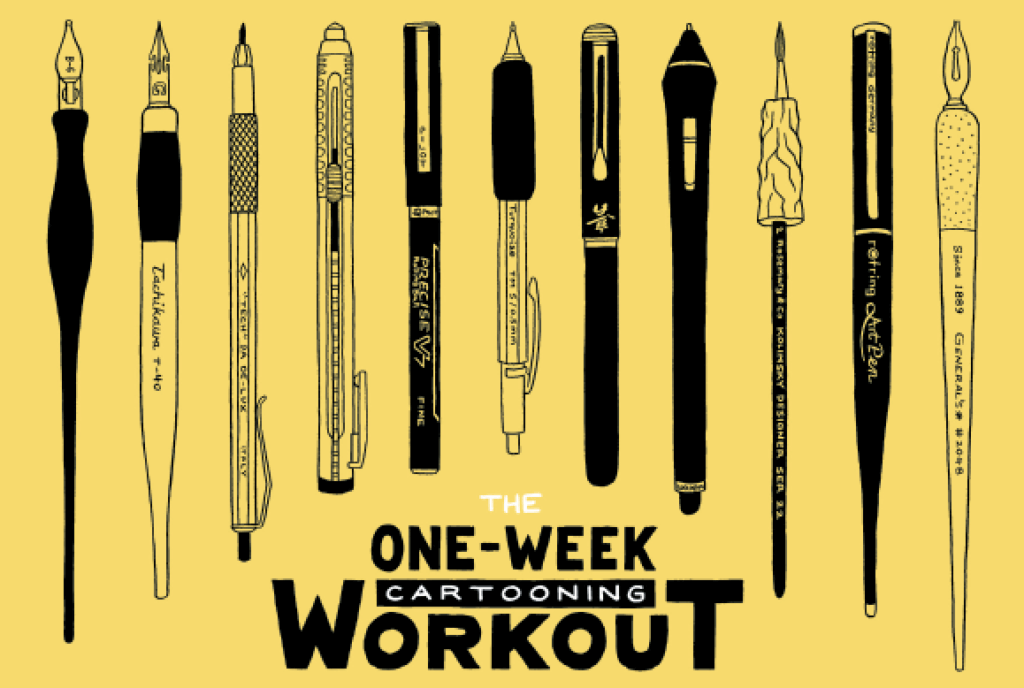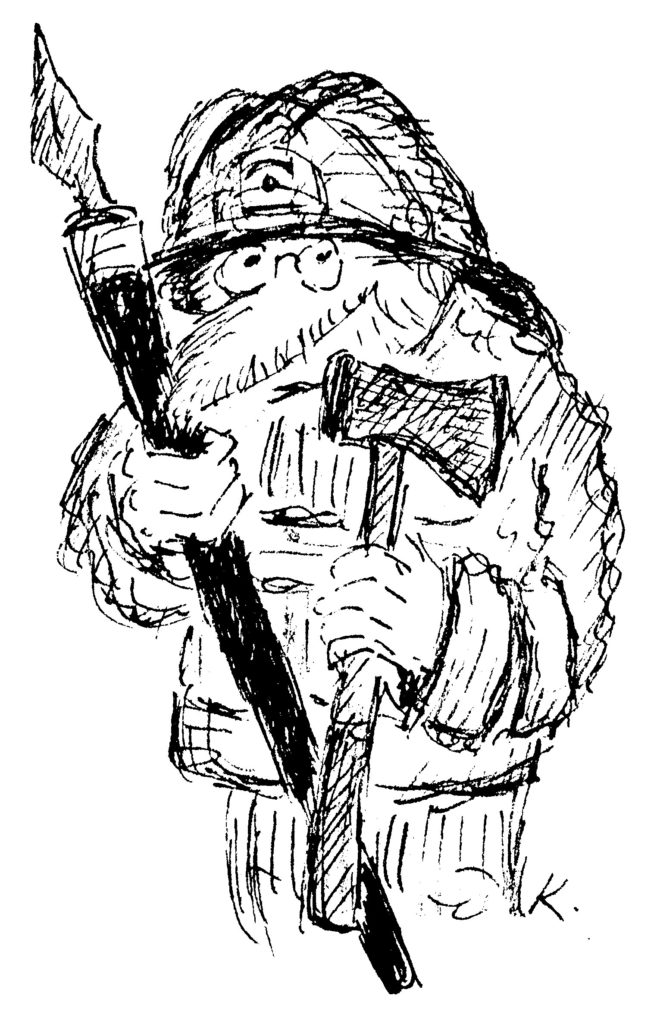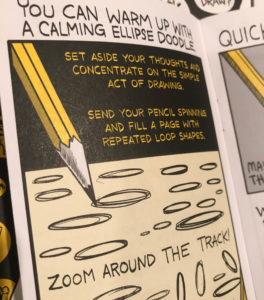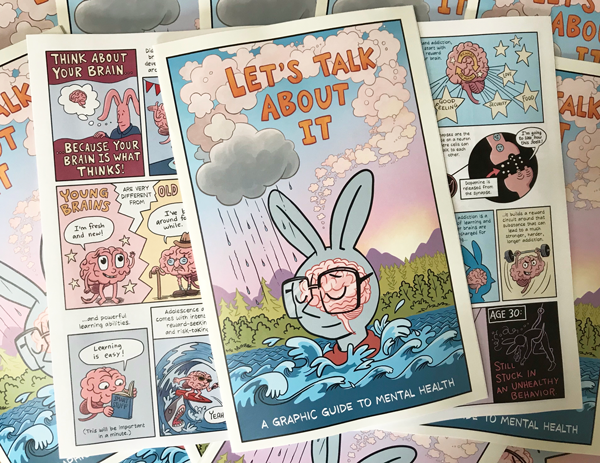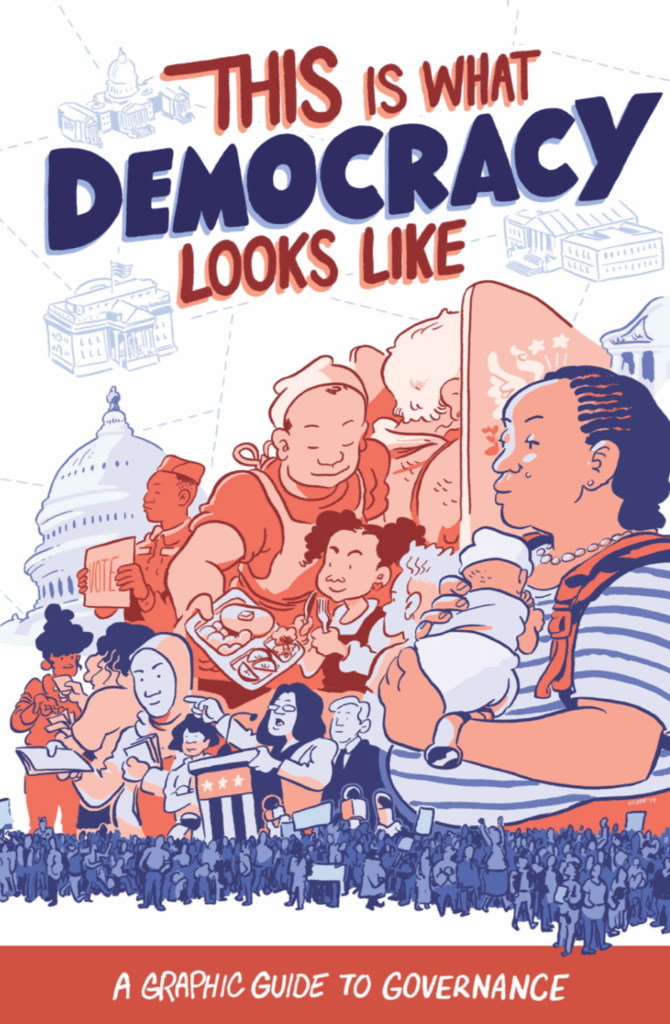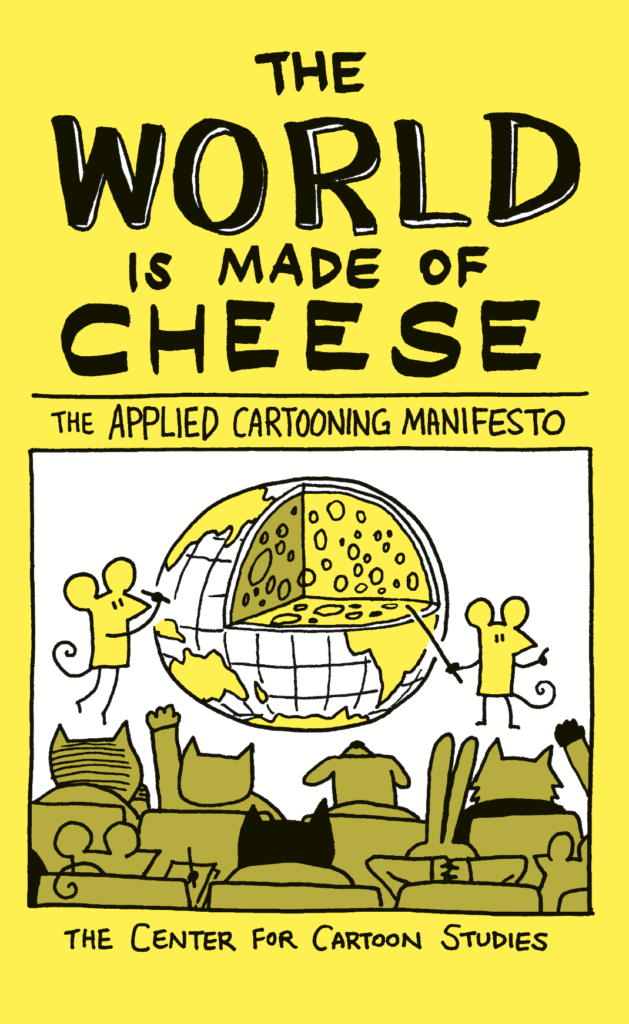March 14, 2020
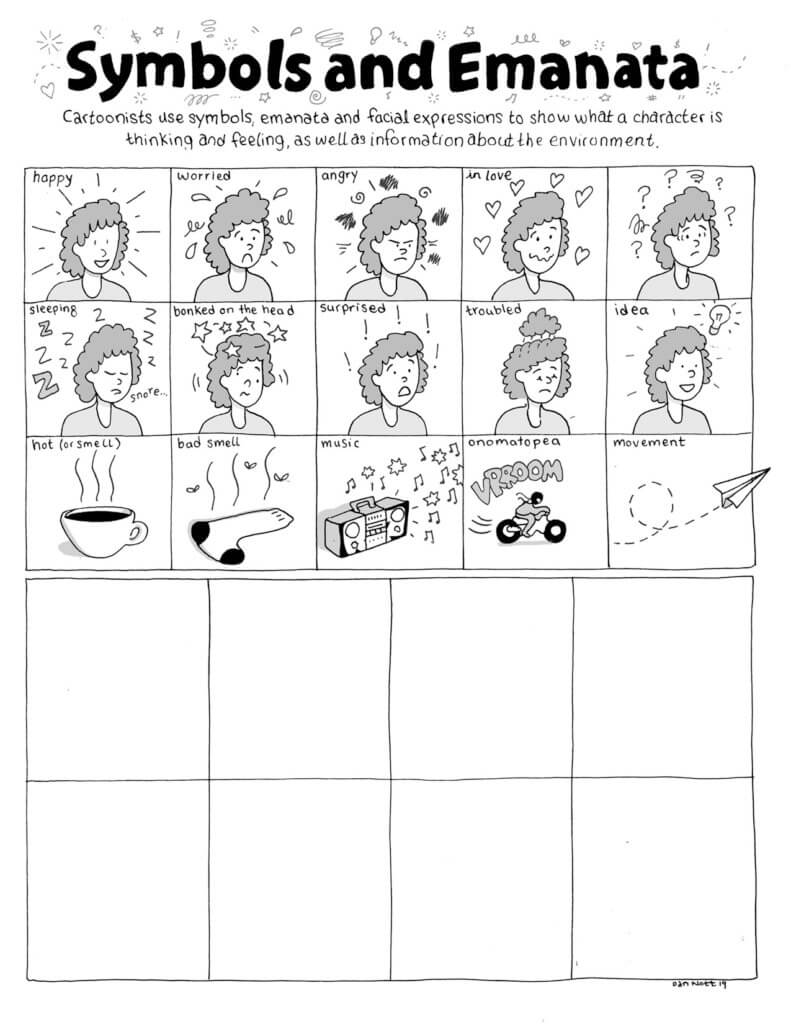
Everyone is on the hunt for new ways to entertain their kids (and themselves) now that more places have stay-at-home orders. It’s a great time to work on comics! You can process the real world and explore your emotions in this situation, or you can escape the current difficulties by exploring and creating fictional worlds. From Daryl Seitchik ’18 (Exits, Koyama Press), who runs Cartoon Club with Dan Nott ’18 (Hidden Systems, coming from Random House Graphix), here are some activities that require only a pencil and paper:
Simple jam comics, a hit with older kids (9–12 year olds). Draw panels on a piece of paper. The first person completes the first panel. Then it is passed to the second person, who continues the story in the next panel. You pass the paper around until the comic is complete. For an extra challenge, you can use a timer; Daryl recommends 2 minutes per panel for the first round, then lowering it to one minute for 2nd round. Use this template below for a Simple Jam Comics!
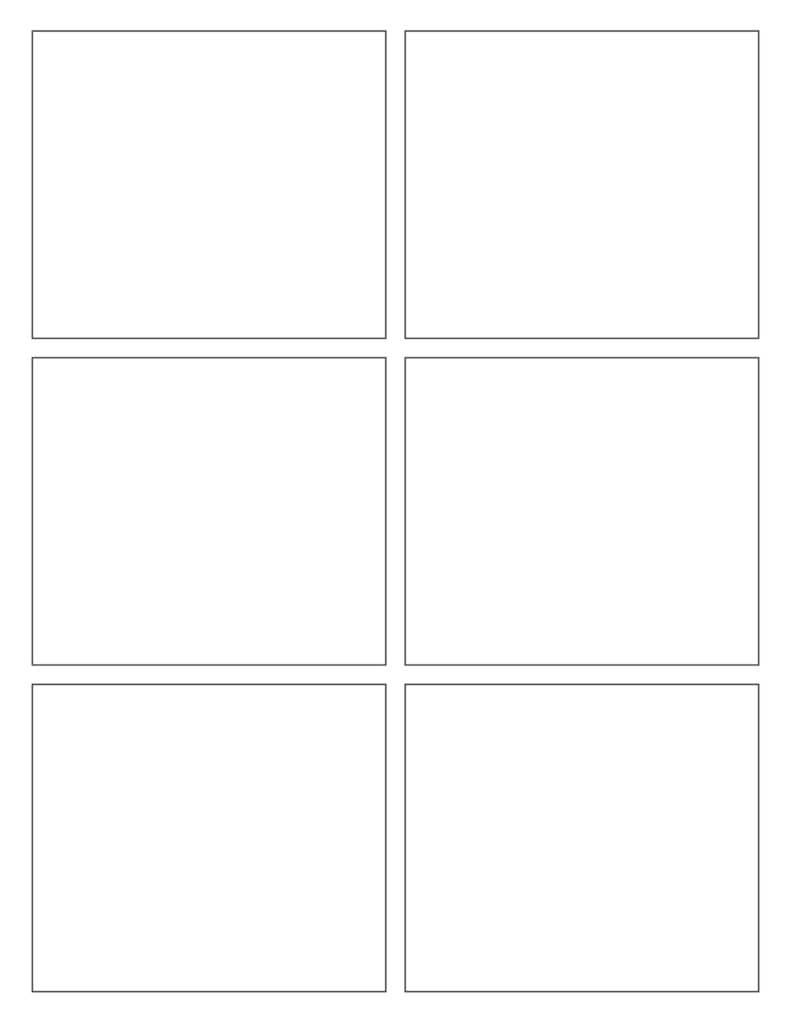
Prompt panels. Give them 3 minutes to draw something in each panel of a 6-panel grid based on a fun prompt. This can be a great warm-up drawing activity on its own, or you can pick one panel to be the springboard for a whole page of comics. Here are some example prompts for each panel from Daryl:
- Yourself with a superpower
- Something that annoys you
- Yourself as an animal
- A monster
- A fantastical scene
- Two characters talking
Exquisite corpse, always a hit. First, fold a piece of blank paper into three sections. The first person draws the head and neck, extending the lines just a bit into the next section, so the next person knows where to connect. Then they fold their section back so their drawing is hidden. The second person draws the torso and arms, then folds the paper back so their drawing is also hidden. The third person draws the legs. Then you get to unfold the paper and see what kind of monster has developed. If you plan for more sections, you can include more people, also dividing at knees, and shoulders, for example.
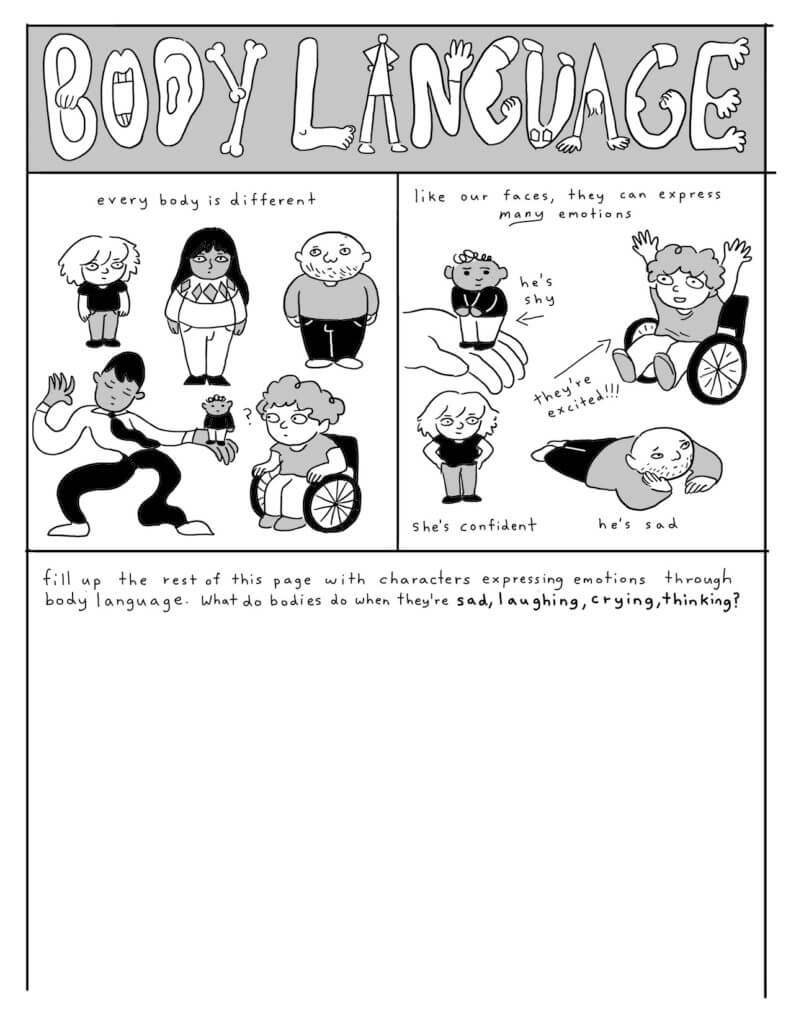
Scribble scramble. Everyone scribbles on their own piece of paper. Then you exchange papers and try to turn the scribble into something recognizable.
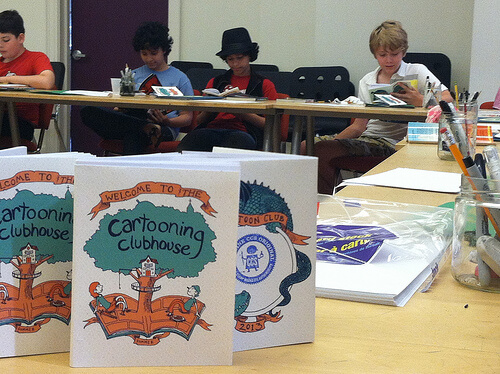
Make mini-comics. To take it to the next step, you can look for Maker Comics: Draw a Comic! (First Second) by The Center for Cartoon Studies graduate JP Coovert ’08. (Yes, it is available as an ebook!) This graphic novel will show you all the steps needed to make your own mini-comics.
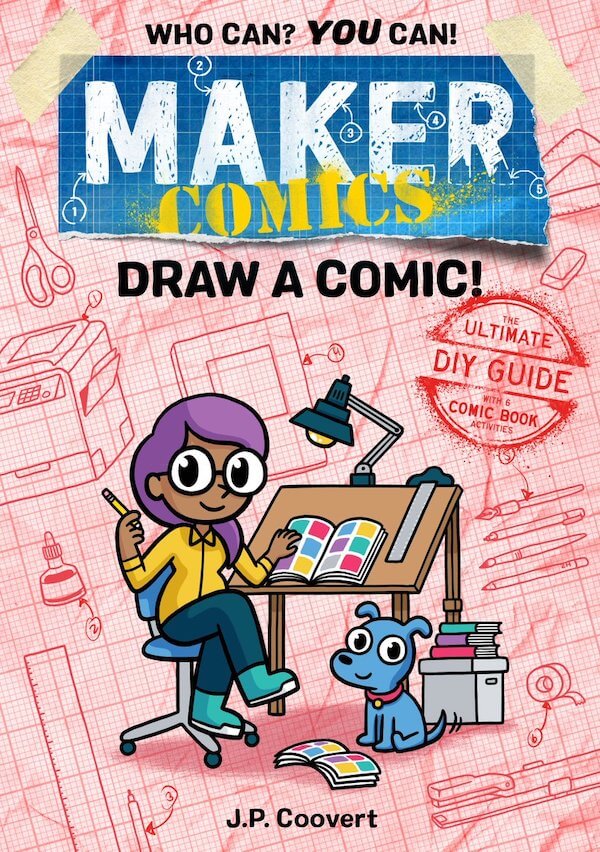
If you and your family try any of these activities, you can tag us on social media @cartoonstudies. We look forward to seeing what you can accomplish.
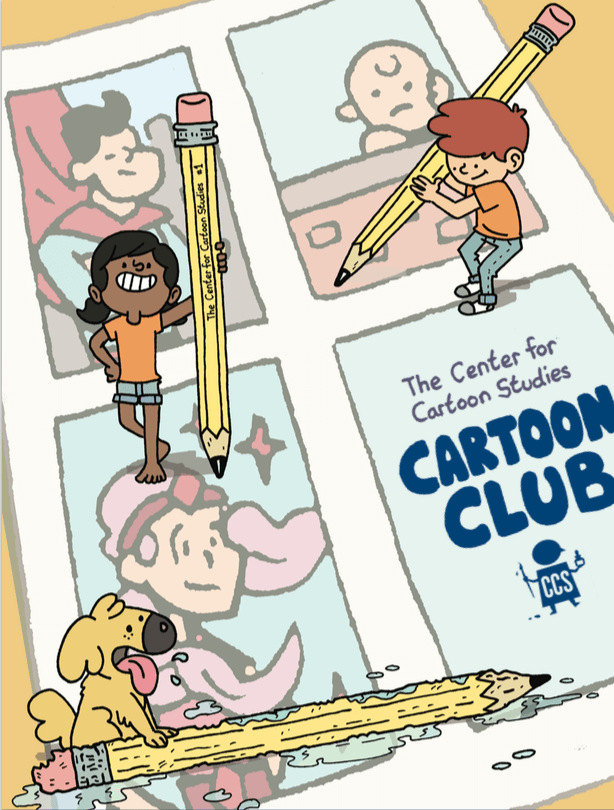
Tags: Cartoon Club, Dan Nott, Daryl Seitchik, Draw a Comic, Exits, First Second, Hidden Systems, JP Coovert, Koyama Press, Maker Comics, Random House Graphix

